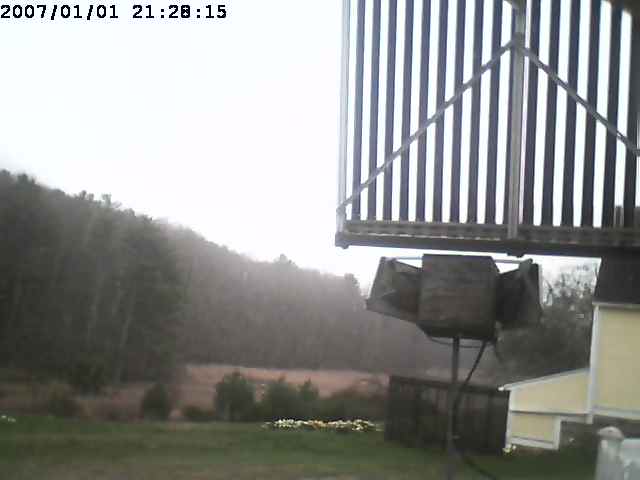 |
 |
  |
Solar Hot Water Design and Purchase Considerations |
||
 Iwalani's Voyage Around the World Weekly logs of Iwalani's three year circumnavigation written by Philip Shelton, Amy P. Wood and Stewart the Cat.  The "World Voyagers" Book A true story of the three year circumnavigation by Philip Shelton, Amy Wood and Stewart the cat. From designing and building a 42 foot wooden cutter "Iwalani" to sailing around the world— this is not a watered down, sugar coated tale, but a "no holds barred" account of just what it's like to live a "dream." |
100% SOLAR HEATED DOMESTIC HOT WATER Solar Hot Water Design and Purchase Considerations How much potential sun energy do you have? Do you have a southern exposure (if you live in the Northern Hemisphere)? What about shading? The amount of shading will limit the time the solar hot water collector has to generate the required BTU’s. What is a BTU? There are three people living at our house and we use anywhere from 10 to 100 gallons of hot water per day. Lets use the example of 30 gallons per person per day. How cold does it get where you live?
If year round temperatures go below freezing you can use: What do you expect the solar hot water energy to do?
What collector type should I use? Evacuated tube collectors are the most expensive, produce more energy earlier and later in the day (due to the tubular design) and can produce the highest temperatures (over 200 F). They are fully insulated from the surrounding air, so they produce the same energy if the surrounding air is 30 degrees above zero or 30 degrees below zero. Each individual tube puts out approximately 120-200 BTU's per hour. How are collectors rated? Ratings are biased in favor of flat panel collectors, because the standards are based on the overall size of the collector and do not account for the gaps between the tubes in evacuated collectors. Our system (60 evacuated tubes) is putting out 90,000 BTU’s (the actual amount of BTU’s reaching our hot water faucet) on a sunny day in March. This is over a 7 hour period, so the system averages 12,857 BTU’s/hour, which is exactly what is shown by the manufacturer for “Max Btu Output Per Day Based on 1000W/m2”. 1000W/m2 is the amount of the suns energy (1000 watts) reaching 1 square meter (m2) of the earth on a "full sun" day. DO NOT ASSUME THAT EVERY BTU PRODUCED BY THE COLLECTOR REACHES YOUR HOT WATER FAUCET! IT ABSOLUTLY DOES NOT. If you are hiring someone to install a solar hot water system, be sure the system includes an energy monitor, so the actual output of the system can be proven. And make sure the BTU’s are measured at the hot water tank, NOT on the collector loop. What angle should the collector be? Our system puts out a maximum of 90,000 BTU's in the winter and 65,000 BTU's in the summer. We use the additional BTU's in the winter to heat our attached greenhouse, through a radiant heat system (also run by photovoltaics, not the grid). What is my latitude? What are the hidden costs of a solar hot water system? Poorly insulated or non-insulated piping. I reduced my heat loss from the collector to the storage tank by 50 percent by insulating the pipes. This is true even in warm climates. Poorly insulated storage tanks lose heat 24 hours a day, 7 days a week. Our system uses a photovoltaic powered pumps and controls, so there is no electricity cost reducing the energy produced by the collector. Also, when the power goes out, we don't have to worry about stagnation (heat transfer fluid boiling in our collectors because the pumps can not run). Stagnation turns the heat transfer fluid into a corrosive agent. Batch collector systems use thermosyphoning (natural movement of hot water upwards), so you do not need pumps or controllers.
|
Mouse Over the Image Above for a LARGER View of the SkyCam Picture
Updated Every 15 Minutes |



